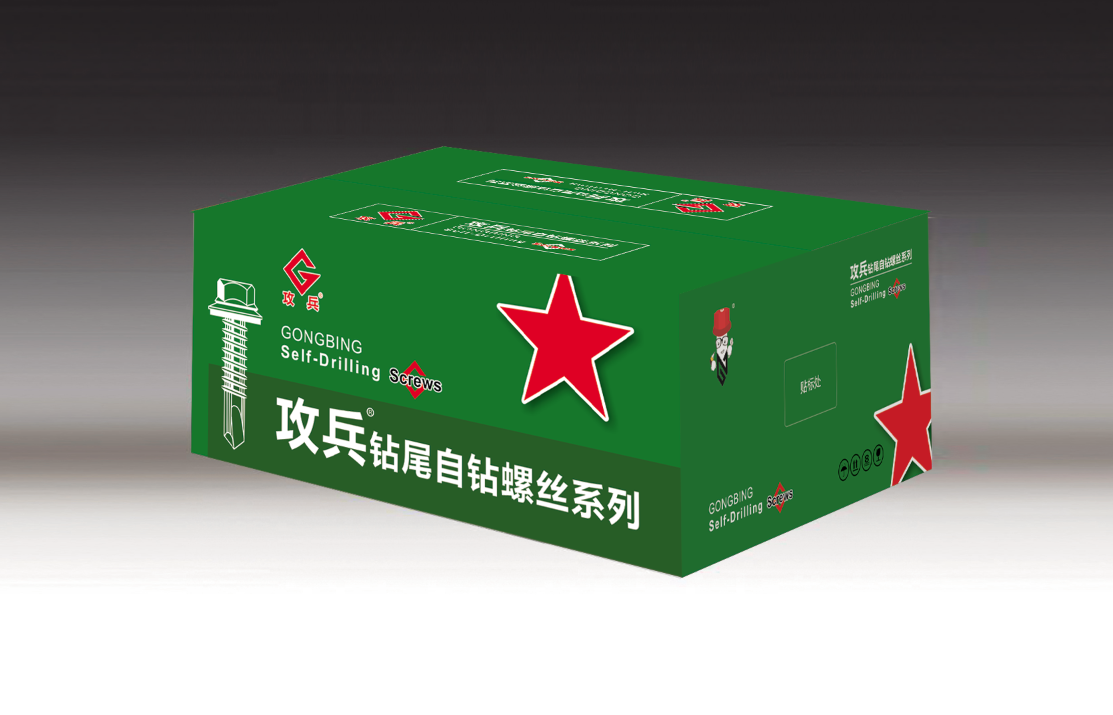Current Market Trends and Prices for Full Threaded Rods in 2023
Understanding the Pricing of Full Threaded Rods
Full threaded rods, often referred to as stud bolts or fully threaded studs, are versatile components used in a wide range of industrial and construction applications. Connecting various structures or components, these rods can be made from various materials, including steel, stainless steel, and even specialized alloys. Their pricing structure can vary significantly based on factors such as material composition, length, diameter, and market demand. This article delves into the elements that contribute to the pricing of full threaded rods and offers insights into market trends.
Material Composition and Cost
One of the primary factors influencing the price of full threaded rods is the material from which they are made. The most common material is carbon steel, known for its strength and affordability. However, prices can vary based on the grade of steel used. Higher grades, such as A193 B7 or A320 L7, which have enhanced properties like corrosion resistance and tensile strength, will typically cost more.
Stainless steel rods are another popular choice, especially in environments susceptible to corrosion or where hygiene is paramount, such as in the food and pharmaceutical industries. The price for stainless steel rods is significantly higher due to the cost of raw materials and the additional processes needed to produce these rods, such as machining and surface treatment.
Specialty alloys, while providing superior performance in extreme conditions, are often the most expensive option
. The cost of full threaded rods made from these materials reflects both the raw material and the specialized manufacturing processes needed.Dimensions and Customization
The dimensions of threaded rods significantly affect their pricing. The longer and thicker the rod, the more material is required, which drives up the cost. Full threaded rods are available in a variety of lengths and diameters, and manufacturers often charge premium prices for custom lengths or diameter sizes that fall outside of standard offerings.
Additionally, surface treatments such as galvanizing, coating, or heat treatment to enhance properties like corrosion resistance or strength can further impact the price. Customization adds to manufacturing complexity and may necessitate higher labor costs, contributing to the overall price of the product.
full threaded rod price

Market Demand and Economic Factors
The demand for full threaded rods is closely tied to the performance of various industries, such as construction, automotive, and manufacturing. A booming construction sector or increased automotive production can significantly impact the demand for threaded rods, leading to price increases. Conversely, an economic downturn can lead to decreased demand, causing prices to drop.
Supplier availability and global market conditions also play a key role. Economic events, such as trade tariffs or fluctuations in raw material costs due to geopolitical factors, can impact pricing. For instance, if there are supply chain disruptions in steel production, manufacturers may face increased prices, which are often passed on to consumers.
Purchasing Strategies
For businesses that rely on full threaded rods, understanding pricing can help in making informed purchasing decisions. It is advisable to build relationships with multiple suppliers to benefit from competitive pricing and ensure availability. Bulk purchasing can also lead to cost savings, as many suppliers offer discounts for larger orders.
Additionally, upcoming projects should be researched thoroughly to forecast material needs accurately, thus allowing for smarter purchasing strategies. Locking in prices ahead of time when favorable market conditions exist can be a beneficial approach.
Conclusion
The price of full threaded rods is influenced by multiple factors, including material composition, dimensions, market demand, and economic conditions. By understanding these elements, businesses can make informed decisions that align with their operational needs and budget constraints. As industries continue to evolve, staying abreast of market trends and pricing dynamics will be integral for companies that rely on these essential components in their operations. Whether sourcing basic carbon steel rods or specialized alloys, awareness of the pricing landscape ensures better purchasing outcomes for all stakeholders involved.
-
Weatherproof Plastic Expansion Anchors for OutdoorNewsJun.06,2025
-
Sustainability in the Supply Chain: Eco-Friendly TEK Screws ProductionNewsJun.06,2025
-
Load-Bearing Capacity of External Insulation FixingsNewsJun.06,2025
-
Double Head Bolts: Enhancing Efficiency in Industrial MachineryNewsJun.06,2025
-
Corrosion Resistance in Chipboard Screws: Coatings for Wholesale DurabilityNewsJun.06,2025
-
Butterfly Toggle Bolts : Enhancing Structural ResilienceNewsJun.06,2025
